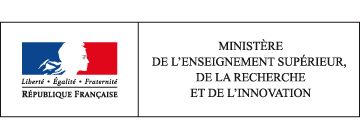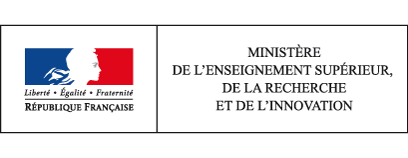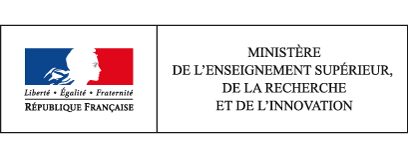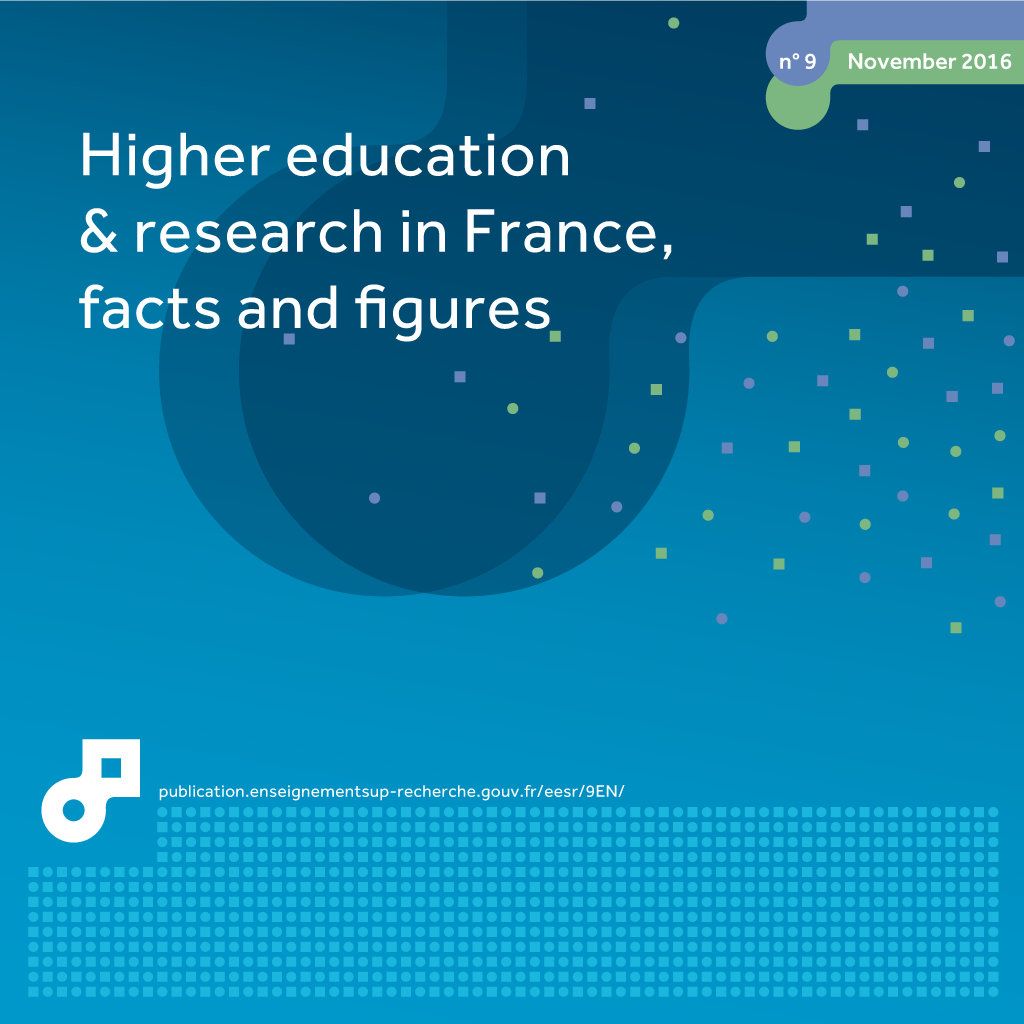MENESR-DEPP
Ministère de l'Éducation nationale, de l'Enseignement supérieur et de la Recherche
Direction de l'évaluation, de la prospective et de la performance - DEPP
61-65 rue Dutot, 75732 Paris Cédex 15
http://www.education.gouv.fr/pid25496/statistiques.html
This source is used in these chapters:
The nation spent €29.2 billion (€bn) on tertiary education in 2014. This is 2.6 times more than in 1980 (in constant euros). The contribution by central government represented 69% of that amount. In 2014, average expenditure per student stood at €11,560, or 40% more than in 1980 (in constant euros) [read more]
During 2014-2015, nearly 680,000 students received at least one form of financial aid, i.e. around 36% of the population concerned. Financial and social support for students reached nearly 6 billion euros in 2014, 60% of which was direct aid from the State. [read more]
At the 2015 session, 618,800 of the 703,900 candidates obtained their baccalauréat (87.9%), bringing the proportion of baccalauréat holders in a generation to 77.2%. Over half of these candidates obtained a general baccalauréat. [read more]
With 2,470,000 students enrolled at the start of the 2014-15 academic year, numbers in higher education have increased significantly (+1.6%). There have never been so many students. This rise is due to the growth in the proportion of young people accessing higher education, even though the number of young people has fallen. [read more]
In higher education in France, 300,000 students are foreign nationals, or one student in eight. Since 2000, the proportion of foreign students has increased from 8% to 12%. Three-quarters of foreign students study at university. [read more]
In 2013, continuing education programmes at higher education institutions achieved a turnover of 427 million euros, a rise of 5% compared to 2012, in current euros. It represents less than 2% of vocational education turnover in France. 477,300 trainees attended and 82,800 qualifications were awarded, including 56,200 national diplomas. [read more]
Validation of learning from experience (VAE) is an access route to qualifications. In 2014, 4,267 people obtained all or part of a higher education degree through recognition of the skills acquired by experience (i.e. 3% of degrees awarded at university). [read more]
At the start of the 2014-2015 academic year, there were 20,549 students in public higher education, i.e. 1.17% of the student population, who declared a disability and were provided with support of some kind. 91.5% of them were enrolled at university, where their numbers have tripled since 2005. They receive more and more different types of support which are now better known and which mean that students are not excluded from the general trend of longer studies. They are mostly enrolled on Bachelor's degree programmes, but their presence on Master's courses has significantly increased in recent years. [read more]
Women outnumber men in higher education, but are less likely to enrol in selective or scientific courses and are in the minority in PhD programmes. In 2013, their unemployment rate three years after leaving was higher than men for nearly all levels of qualification, and their employment conditions were less favourable. [read more]



